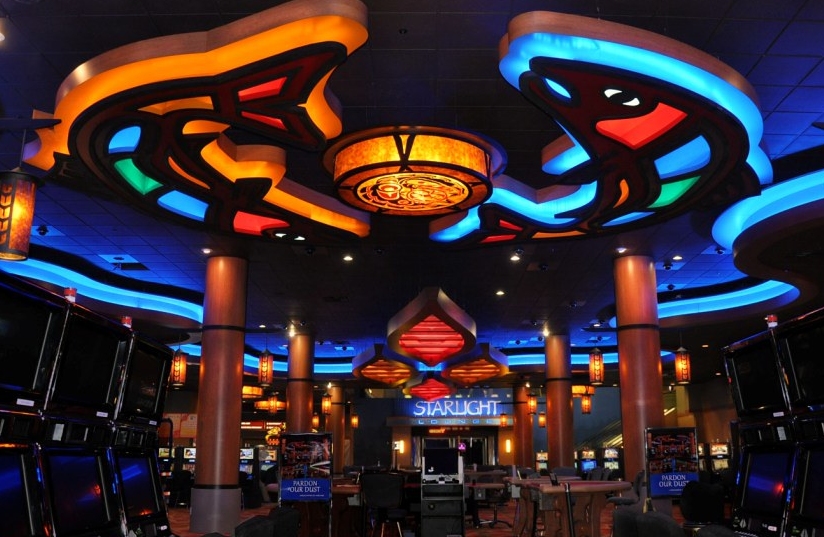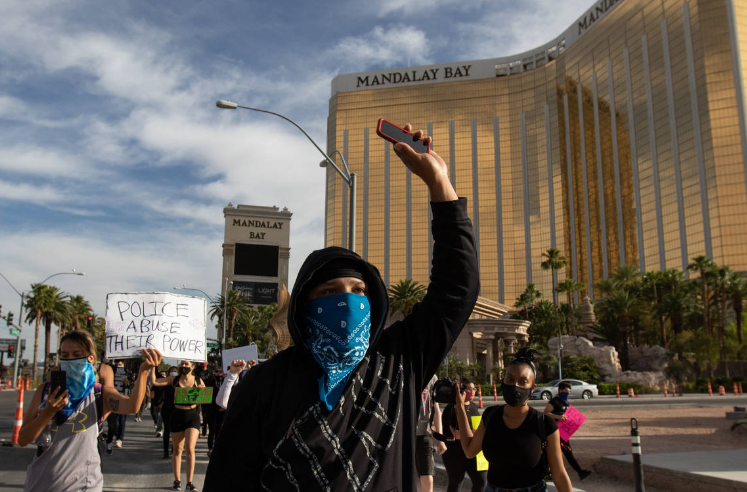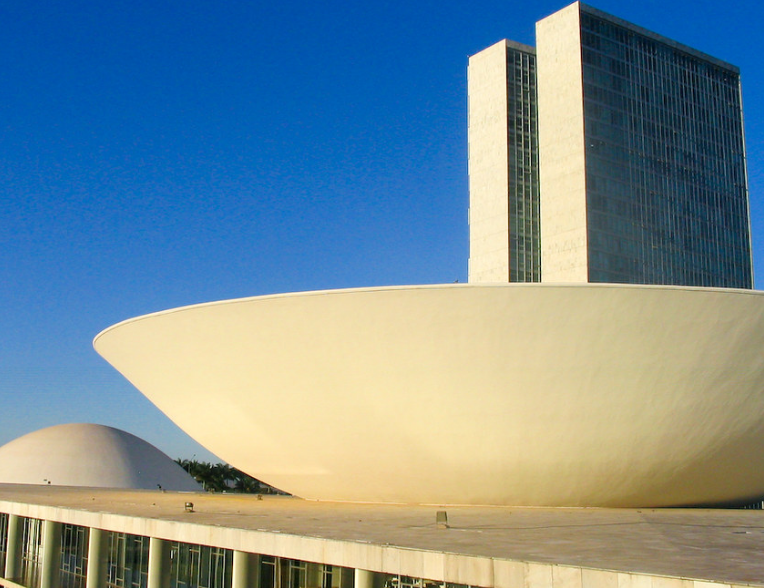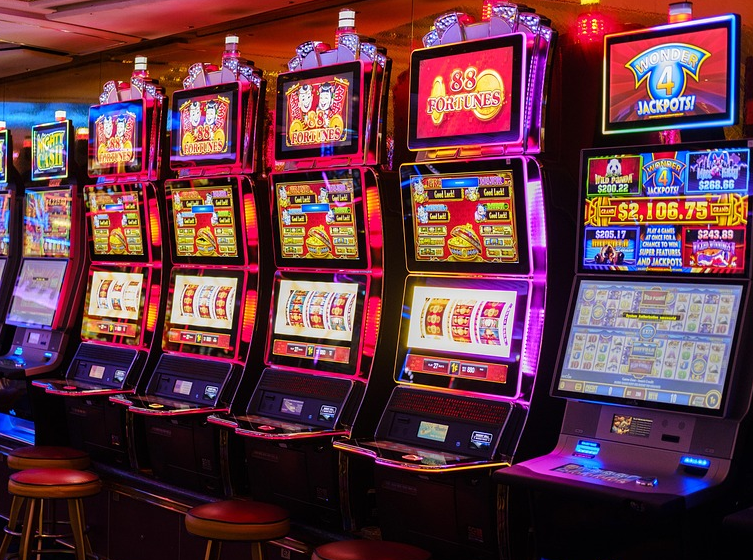In a bold counterpunch, the Scotts Valley Band of Pomo Indians has asked a federal court to toss out three lawsuits from rival tribes that aim to block its long-planned casino in Vallejo. This comes right after U.S. officials admitted their green light for the project might rest on shaky legal ground. What does this mean for the tribe’s dreams and the heated tribal gaming wars?
The Scotts Valley Band filed its motions on December 5, 2025, in the U.S. District Court for the District of Columbia. These target lawsuits from the Lytton Rancheria of California, the United Auburn Indian Community, and the Yocha Dehe Wintun Nation. Each suit wants to reverse the Department of the Interior’s January 10, 2025, decision that put 160 acres of land in Vallejo into trust for the tribe and cleared it for gaming.
Scotts Valley argues the cases can’t move forward without the tribe as a full party, but its sovereign immunity shields it from being dragged in against its will. This setup, the tribe says, demands dismissal based on clear Supreme Court rulings. The band has stepped in just to push for this outcome under federal rules.
Court documents show the motions lean on past cases where similar immunity claims shut down challenges. One filing notes that without the tribe’s consent, the lawsuits hit a dead end. This quick response followed a December 4 letter from the Interior Department, which raised questions about the original approval.
The timing stands out. Rival tribes had filed their complaints earlier in the year, claiming the land trust violated federal laws on restored tribes and gaming rights. Scotts Valley’s push to dismiss could speed up or derail the whole fight.
Interior Department Spots Possible Legal Flaw
Just one day before the motions, the U.S. Department of the Interior sent a letter to Scotts Valley admitting its January approval “may have been based on a legal error.” The agency pointed to new evidence from opponents that questions if the Vallejo site qualifies for casino operations under the Indian Gaming Regulatory Act.
This act sets strict rules for where tribes can build casinos, especially for groups like Scotts Valley, which lost federal recognition in the 1950s and got it back in 1991. The DOI now plans a full review “as quickly as possible,” according to the letter. Officials noted submissions from local tribes and others that “raise questions” about the site’s eligibility.
This review could undo the land trust, throwing the $700 million project into chaos. Estimates from tribal leaders peg the casino as a massive economic boost, with plans for slots, tables, hotels, and event spaces. But critics argue it bends rules meant to protect established gaming markets.
In its motions, Scotts Valley didn’t directly tackle the error claim but focused on procedural blocks. Legal experts say this strategy buys time while the DOI rethinks its stance. A source close to the case, speaking anonymously, called it a smart play to avoid deeper scrutiny right away.
The department’s shift follows pressure from rival tribes, who run their own casinos in California. Their lawsuits claim the Vallejo spot isn’t part of Scotts Valley’s historic lands, a key test under federal law.

Roots of the Casino Push and Tribal Rivalries
The Scotts Valley Band, with about 150 members, has chased gaming rights for years to lift its community out of poverty. The Vallejo project targets a site near Interstate 80, promising jobs and revenue. Tribal chair Donald Arnold has called it a “game-changer” for education, health, and housing.
But opposition runs deep. Rival tribes fear market saturation in the Bay Area, where billions flow through existing casinos. The United Auburn, for instance, operates Thunder Valley Casino Resort, a major player pulling in over $1 billion yearly, per industry reports from 2024.
California’s tribal gaming scene is a $10 billion industry, supporting 80,000 jobs statewide, according to a 2023 study by the California Nations Indian Gaming Association. This high-stakes world pits tribes against each other, with federal approvals often sparking court battles.
Scotts Valley’s history adds layers. After losing recognition mid-century, the band fought for decades to regain status. The DOI’s 2025 land trust was a win, but now the error admission revives old debates on “restored lands” exceptions.
Key facts on the disputes:
- Lytton Rancheria suit: Claims improper use of restored tribe exemptions.
- United Auburn case: Alleges violations of environmental reviews.
- Yocha Dehe action: Questions historical ties to the Vallejo area.
These aren’t isolated fights. Similar clashes have delayed projects elsewhere, like a 2022 case in Michigan where immunity led to dismissals.
What This Means for Vallejo and Beyond
If the motions succeed, the lawsuits could vanish, letting the DOI’s review proceed without court oversight. But a denial might force deeper litigation, dragging things out for years. For Vallejo residents, the casino promises 2,000 jobs and $50 million in annual taxes, based on tribal projections from 2024.
Local leaders are split. Some see economic gold; others worry about traffic and crime. A city council meeting in October 2025 drew heated crowds, with supporters highlighting revenue for schools and roads.
The broader impact hits tribal sovereignty. Wins here could strengthen immunity defenses, shaping future gaming expansions. Data from the National Indian Gaming Commission shows U.S. tribal casinos generated $40 billion in 2023, up 5% from the prior year, fueling debates on fair play.
| Aspect | Potential Outcome |
|---|---|
| Jobs Created | Up to 2,000 direct positions |
| Annual Revenue | $700 million projected for casino |
| Legal Timeline | Review completion by mid-2026 possible |
| Economic Boost | $50 million in local taxes yearly |
This table breaks down estimates from tribal and city analyses. Still, the DOI’s review looms large, potentially halting everything.
The Scotts Valley Band’s bold move underscores the fierce battles over tribal gaming rights, where legal twists can upend years of planning and spark hope or heartbreak for communities. As this story unfolds, it reminds us how federal decisions ripple through local lives, blending tradition with modern economics.








